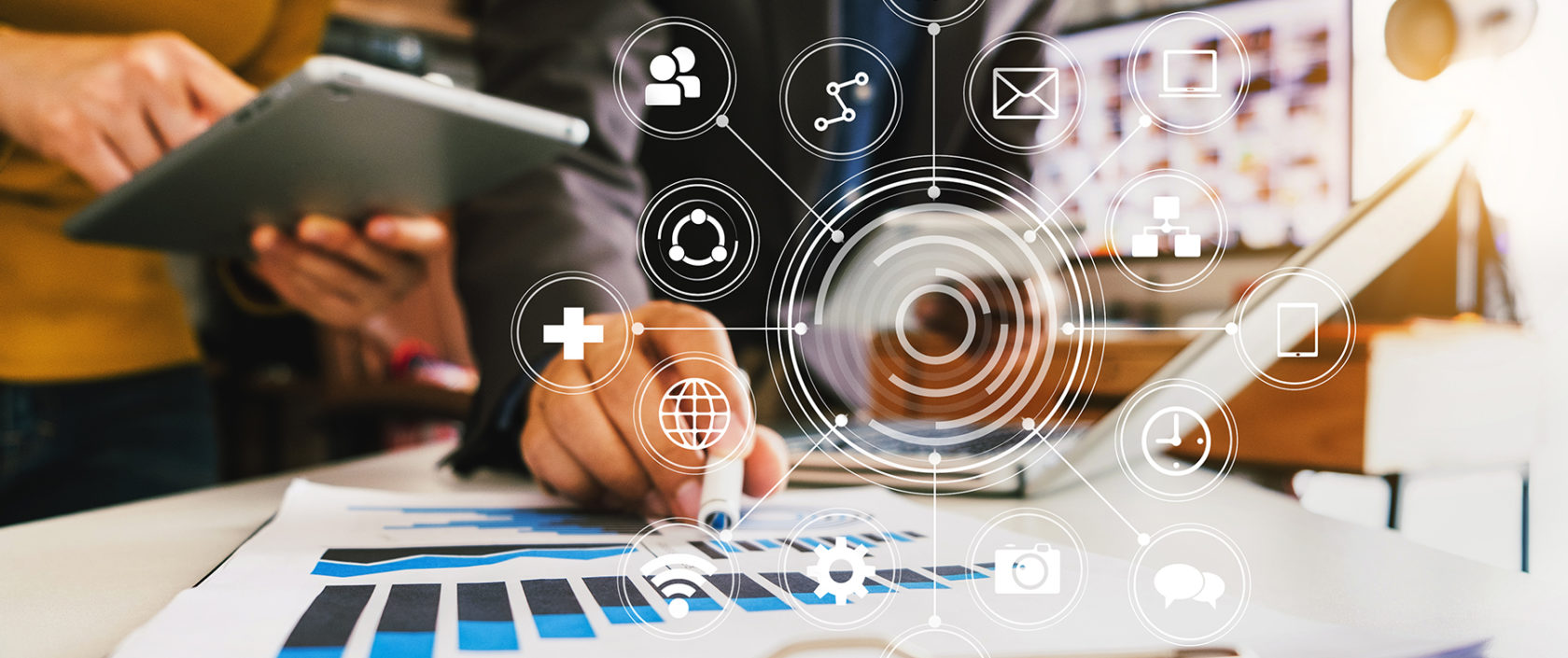.png)
.png)
A Marketing & Sales Funnel is a strategic model used to guide potential customers through a series of stages, from initial awareness to the final purchase and beyond. This funnel represents the journey that a lead takes as they move through different phases of engagement with a brand or business. The goal of the funnel is to convert prospects into loyal customers by nurturing them at each stage with the right messaging, offers, and touchpoints.

Detailed breakdown of each stage in the funnel with strategies and content.
Objective : The goal at this stage is to create awareness and attract potential leads to your business. Visitors may not yet know about your product or service.
Strategy : To capture attention, businesses use tactics like blog posts, social media, SEO, paid advertising, video content, and influencer marketing.
Content : Informative blog articles, social media posts, and awareness-building campaigns.
Objective : Once leads are aware of your brand, nurture their interest and start engaging them more directly as they explore different options.
Strategy : Build trust by offering value. Tactics include email marketing, webinars, lead magnets (eBooks, guides), case studies, and comparison charts.
Content : Product pages, demo videos, newsletters that address pain points and educate prospects.
Objective : The lead is considering making a purchase decision. They are comparing solutions, evaluating prices, and seeking out reviews and testimonials.
Strategy : Provide targeted offers, discounts, free trials, consultations, and showcase compelling content like product demos, customer reviews, and comparisons.
Content : Case studies, client testimonials, product features, and pricing guides to make it easier for leads to make a final purchase decision.
Objective : The goal is to convert the lead into a paying customer or prompt them to take the desired action, such as filling out a form, making a purchase, or subscribing.
Strategy : Use time-sensitive promotions, clear CTAs (call-to-action), simplify the purchasing process, and offer excellent customer support.
Content : "Buy Now" offers, retargeting ads, and promotional emails to push for conversion.
Objective : The goal here is to retain the customer, encourage repeat purchases, and turn them into loyal advocates for your brand.
Strategy : Provide excellent customer service, ask for feedback, offer loyalty programs, and maintain engagement through email newsletters or exclusive offers.
Content : Post-purchase emails, product tutorials, surveys, and referral programs to keep customers engaged and loyal to your brand.

The marketing and sales funnel operates as a gradual progression. The process starts broad at the top (awareness) and narrows as prospects are moved through the stages based on their level of interest and engagement. Not all leads will make it to the bottom of the funnel (conversion), but the goal is to continuously optimize each stage to maximize the chances of turning leads into customers.
Use various channels to attract leads into the top of the funnel, including SEO, content marketing, paid ads, social media, and partnerships. This helps increase visibility and drive traffic to your site, initiating interest from potential prospects.
Utilize email marketing automation, retargeting ads, and lead scoring to nurture leads through the middle of the funnel. Providing relevant, timely, and personalized content helps keep prospects engaged and guides them closer to conversion.
Personalization is crucial to moving leads toward a purchase decision. Tailor content and offers based on the lead's behaviors, preferences, and stage in the funnel. This ensures that the communication feels relevant and builds trust with the prospect.
Ensure that your website or landing page is optimized for conversions, with clear CTAs, easy navigation, and an efficient checkout process. Removing obstacles from the conversion process increases the likelihood of turning leads into paying customers.
Regularly monitor funnel metrics such as conversion rates, bounce rates, and lead-to-customer ratios. A/B testing content, offers, and CTAs helps optimize the funnel’s performance and identify what resonates best with prospects, improving overall results.
Maximize your business efficiency with these key advantages.
By understanding the different stages of the funnel, businesses can tailor their messaging and content to address the specific needs of prospects at each stage.
A well-optimized funnel guides leads through each step of the decision-making process, making it easier to convert them into paying customers.
With a clear funnel strategy, businesses can allocate resources more effectively, focusing on the tactics that work best at each stage of the funnel.
By nurturing leads after they’ve made a purchase, businesses can turn one-time customers into repeat buyers, enhancing customer lifetime value.
Follow the journey of a user through the stages of your funnel.
A user searches for "how to reduce stress" and comes across your blog post on stress-relieving techniques (TOFU).
The user signs up for your email newsletter to get more tips and information (MOFU).
They receive a follow-up email about your stress management program and download a free eBook that explains the benefits (BOFU).
The user purchases your full stress management course at a discounted price (Conversion).
After the purchase, they are invited to join a loyalty program for further discounts on future courses and are sent personalized content to continue their stress management journey (Retention).